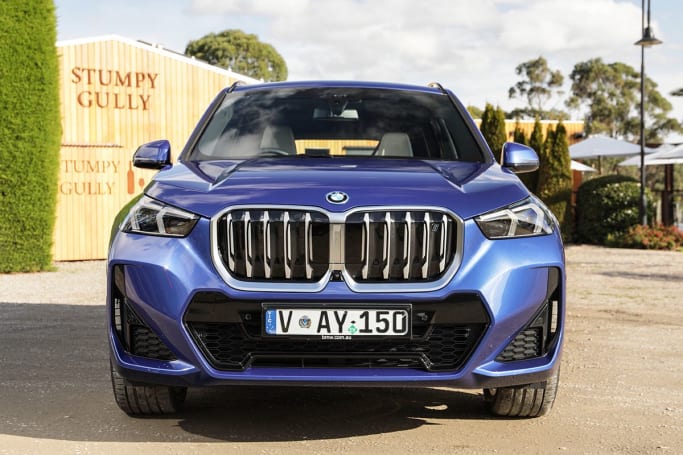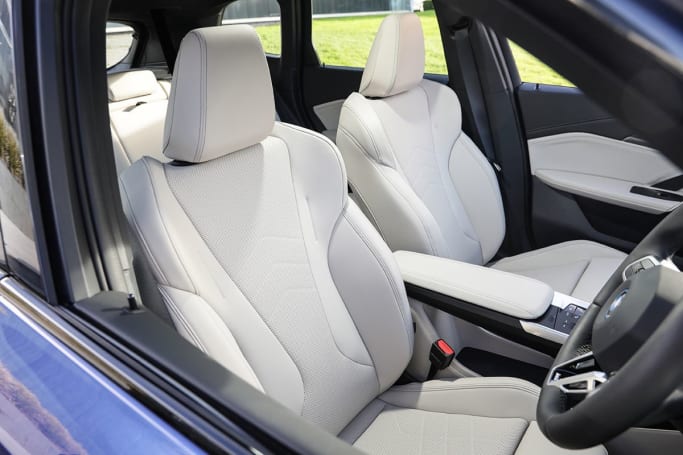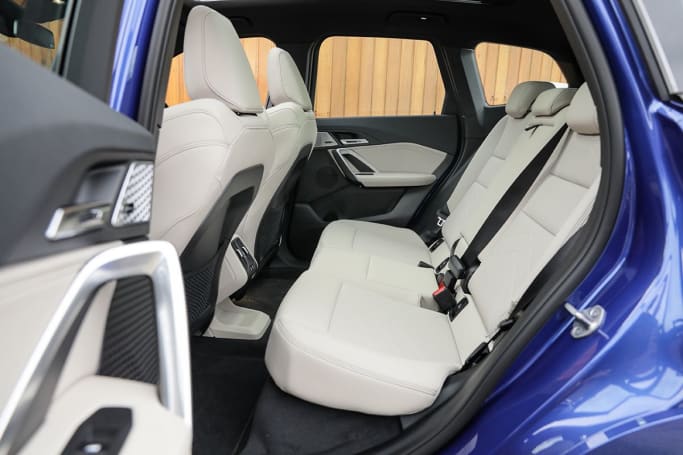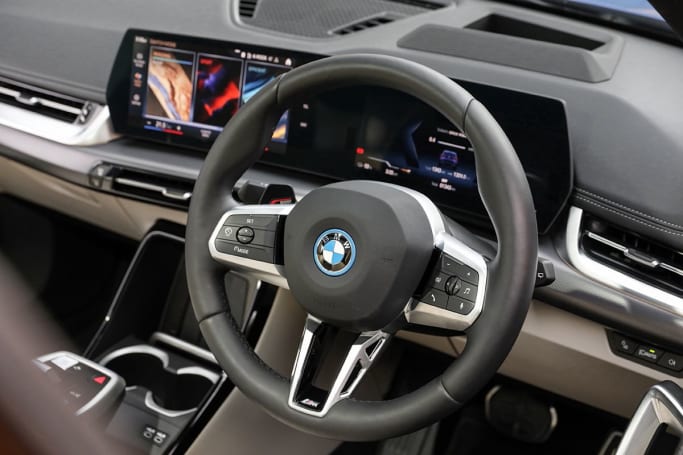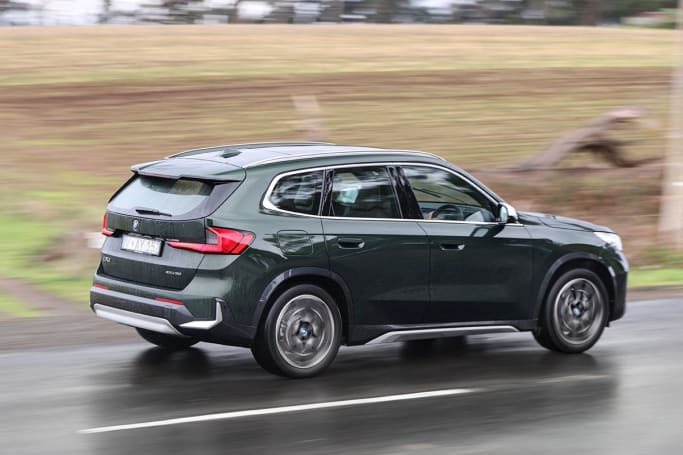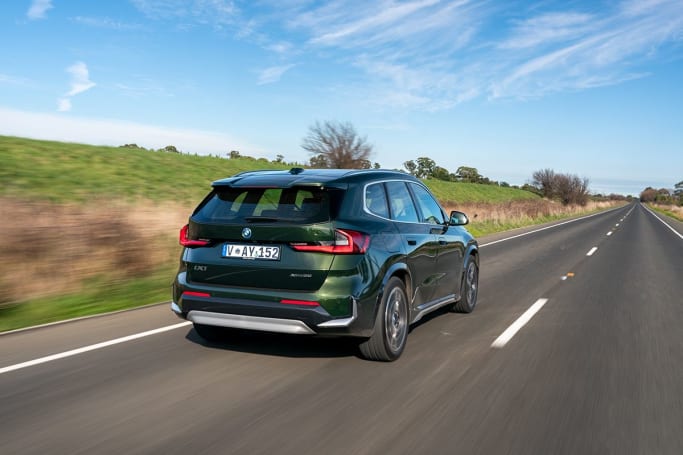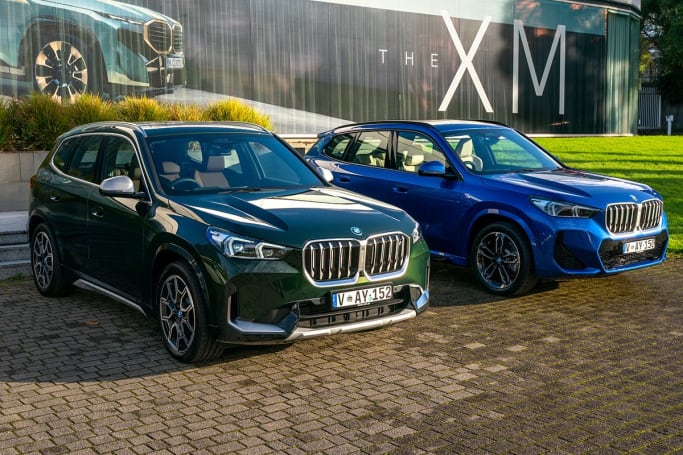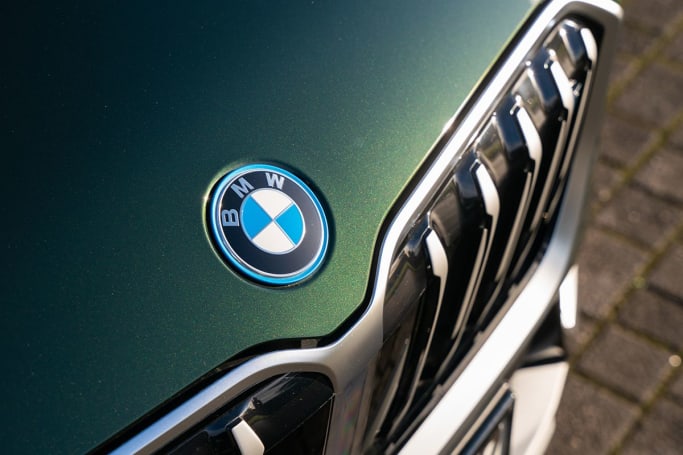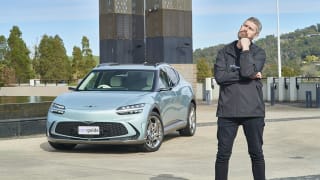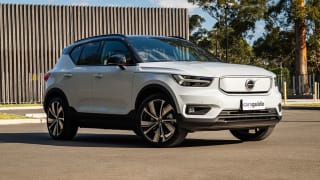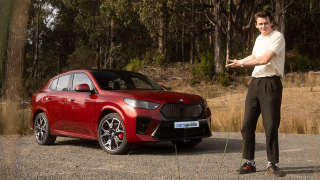For now, only a single iX1 grade is available, dubbed xDrive30, starting from $84,900 (all prices are before on-road costs).
Most buyers seem to be choosing the no-cost-extra racier 'M Sport' pack over the more-conservatively presented 'xLine'.
Both come complete with double-the-usual AC charging capability (22kW), twin-motor all-wheel drive, a 67kWh battery, variable-ratio steering and adaptive dampers as standard.

In contrast, the Mercedes EQB 350 4Matic equivalent starts from over $107,000 (though a less-expensive single-motor front-drive version comes in from nearly $89,000), and both with a slower 11kW charger. Genesis’ advanced GV60, meanwhile, kicks off from nearly $108K.
We cannot remember BMW ever going so hard on comparative value in Australia, though how it responds to the sensational (though admittedly smaller) Volvo EX30’s $59,990 ask remains to be seen.
Anyway, the iX1 is no bare-bones special.
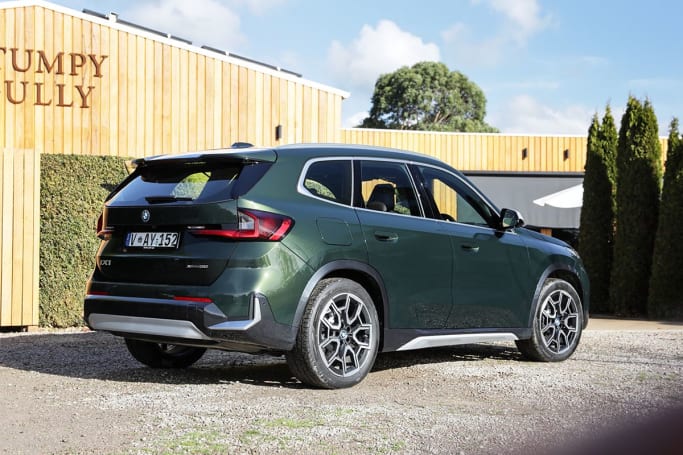
Besides the aforementioned twin electric motors, AWD, 22kW AC charger and (non-driver-configurable) adaptive dampers, there are goodies like keyless entry/start, a digital key with ultra-wide-band tech, a 10.7-inch multimedia touchscreen, a digital instrumentation cluster, ‘Hey, BMW!’ voice control, a head-up display, sat-nav with augmented reality view, dual-zone climate control, ‘Veganza’ artificial leather, a reversing camera, digital radio, Apple CarPlay/Android Auto connectivity, wireless phone charging, a powered tailgate, roof rails and 19-inch alloy wheels.
On the safety front, you’ll find driver-assist tech like autonomous emergency braking (AEB), lane-support systems, adaptive cruise control, adaptive LED headlights and automatic parking assist. More on those in the safety section below.
Need more but want to think less? BMW’s new and simplified option packs bundles key features like a panoramic sunroof, metallic paint (normally $1500 on its own), Harman Kardon audio upgrade, lumbar massaging front seats and alternative interior trims in a reasonably-priced $4700 'Enhancement Pack'.
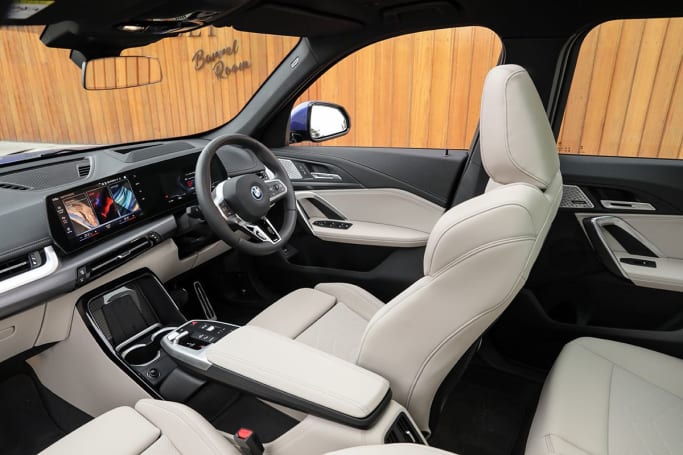
There are several others bundles available, too, as well as a handy 22kW BMW AC Wallbox from $1199, not including installation, that cuts down home-charging from over 33 hours using the regular mains to around 3.5 hours.
And don’t worry, BMW diehards. You can still spend tens of thousands of dollars more via the company’s endlessly extensive options list. The Germans aren’t foolish.
Unlike in the iX3’s Hyundai, Kia or Genesis rivals, which use a pure EV skateboard platform and offer no internal combustion engine (ICE) alternatives on this architecture, there is no V2L Vehicle-to-Load capability. In other words, you cannot charge appliances or power your home in an electrical blackout scenario.



